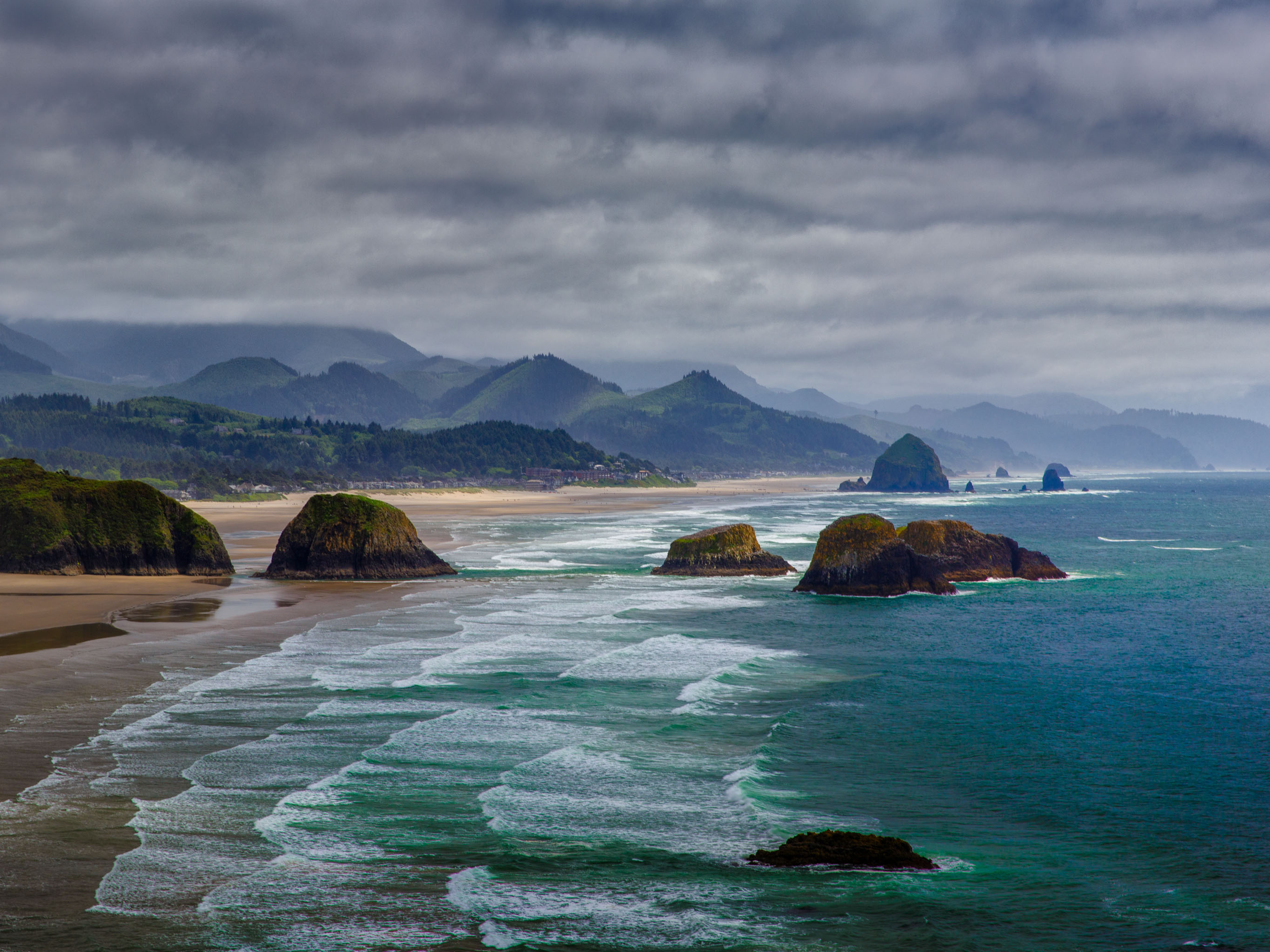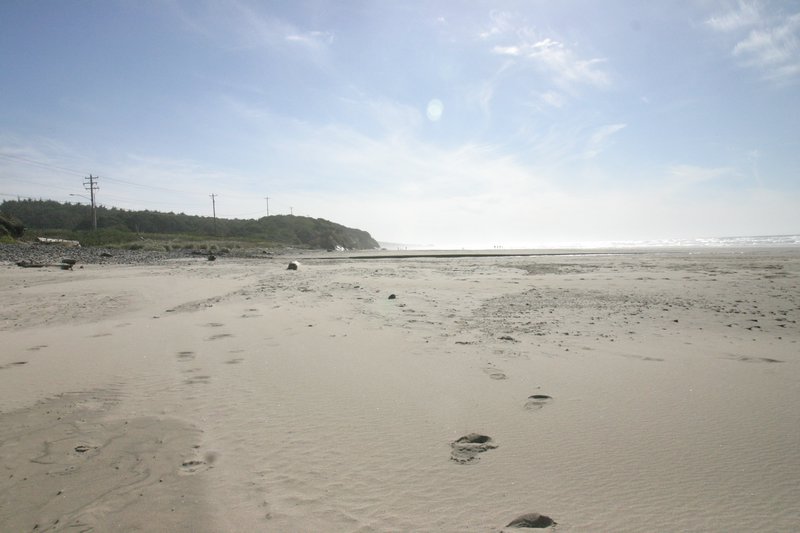

Small changes in the environment can cause an abrupt biological response when the limits of tolerance are approached or passed. These events will become more frequent and increasingly harmful to shell-forming organisms as levels of CO 2 in the environment grow. With respect to low pH and aragonite saturation state, the events that drive the observed negative biological effects are happening now in waters of the Pacific Northwest and are significantly exacerbated by anthropogenic CO 2. When the carbonate ion concentration is high, Ω aragonite is high and mineral formation is favored (Ω aragonite > 1) when the carbonate ion concentration is low, Ω is low and mineral formation is not favored (Ω aragonite 1.7. Because calcium is abundant, the saturation state of calcium carbonate minerals is mainly controlled by the carbonate ions in seawater. The stability of minerals such as calcium carbonate is defined by a term called the saturation state, or omega (Ω). Aragonite is produced by the larvae of many Pacific Northwest shellfish (e.g., clams, mussels, oysters) and is the form more sensitive to increasing CO 2. Both aragonite and calcite are common biominerals of calcium carbonate produced by shellfish and other calcifying marine organisms. The concentration of carbonate ions is important because these ions, along with dissolved calcium, are the building blocks of shells and skeletons of many marine organisms. It is well established that Pacific Northwest marine waters, like the global oceans, undergo the highly predictable chemical reactions that reduce both the pH and the concentration of carbonate ions. Even though seawater remains a basic solution, it becomes acidified by the addition of CO 2. This is the phenomenon known as ocean acidification (OA). The addition of carbon dioxide to seawater increases the concentration of hydrogen ions (H +), reducing both the pH and the dissolved carbonate ion concentration. The concentration of CO 2 in the atmosphere has increased due to human activities, primarily combustion of fossil fuels and deforestation. Rising atmospheric CO 2 changes ocean chemistry and negatively impacts shelled organisms. Six things we know about ocean acidification in Pacific Northwest coastal waters:ġ. The scientific evidence comes from investigations of the natural and anthropogenic biogeochemistry Pacific Northwest waters, organismal sensitivity to relevant biogeochemical conditions, physiological mechanisms that determine sensitivity, and successful adaptation of culture practices in hatcheries. This evidence consists of numerous scientific papers, published over a period of many years, representing contributions from multiple scientists at multiple institutions. The scientific evidence for ocean acidification in the Pacific Northwest is compelling.

The purpose of this short communication is to clearly and succinctly present the current scientific understanding of ocean acidification in the Pacific Northwest based on evidence from the peer-reviewed scientific literature. Our growing understanding of the causes and consequences of ocean acidification in local marine waters has been reported in the peer-reviewed scientific literature and summarized in the Scientific Summary of the Washington State Blue Ribbon Panel on Ocean Acidification (hereafter, Scientific Summary) released in 2012. Prepared by Jan Newton and Terrie Klinger, University of Washington OA in the Pacific Northwest What do we know about Ocean Acidification in Pacific Northwest coastal waters?


 0 kommentar(er)
0 kommentar(er)
